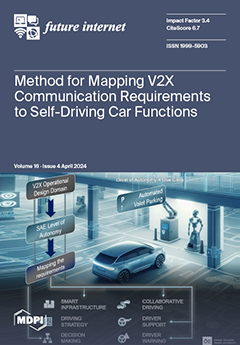Farming is a major sector required for any nation to become self-sustainable. Quality seeds heavily influence the effectiveness of farming. Seeds cultivated by breeders pass through several entities in order to reach farmers. The existing seed supply chain is opaque and intractable, which
[...] Read more.
Farming is a major sector required for any nation to become self-sustainable. Quality seeds heavily influence the effectiveness of farming. Seeds cultivated by breeders pass through several entities in order to reach farmers. The existing seed supply chain is opaque and intractable, which not only hinders the growth of crops but also makes the life of a farmer miserable. Blockchain has been widely employed to enable fair and secure transactions between farmers and buyers, but concerns related to transparency and traceability in the seed supply chain, counterfeit seeds, middlemen involvement, and inefficient processes in the agricultural ecosystem have not received enough attention. To address these concerns, a blockchain-based solution is proposed that brings breeders, farmers, warehouse owners, transporters, and food corporations to a single platform to enhance transparency, traceability, and trust among trust-less parties. A smart contract updates the status of seeds from a breeder from
to
. Then, a non-fungible token (NFT) corresponding to approved seeds is minted for the breeder, which records the date of cultivation and its owner (breeder). The NFT enables farmers to keep track of seeds right from the date of their cultivation and their owner, which helps them to make better decisions about picking seeds from the correct owner. Farmers directly interact with warehouses to purchase seeds, which removes the need for middlemen and improves the trust among trust-less entities. Furthermore, a tender for the transportation of seeds is auctioned on the basis of the priority location
,
Score, and
bid_amount of every transporter, which provides a fair chance to every transporter to restrict the monopoly of a single transporter. The proposed system achieves immutability, decentralization, and efficiency inherently from the blockchain. We implemented the proposed scheme and deployed it on the Ethereum network. Smart contracts deployed over the Ethereum network interact with React-based web pages. The analysis and results of the proposed model indicate that it is viable and secure, as well as superior to the current seed supply chain system.
Full article





